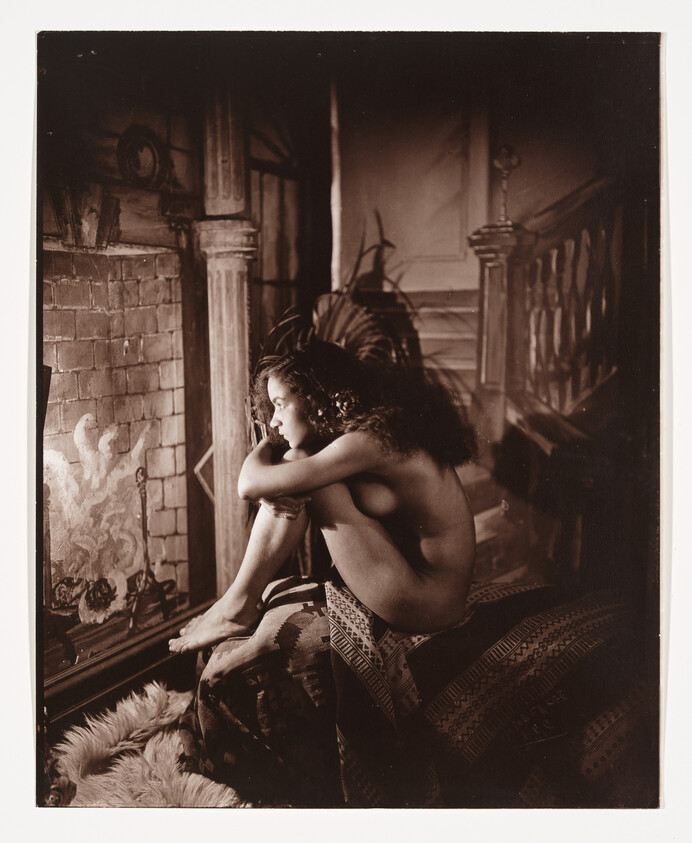Art History from Home:
What Makes a Photograph?
Tues, July 7, 2020
6 pm
This event has passed.
See more events like this.
Become a member today!
Join now to enjoy early access to exhibitions and events, unlimited free admission, guest privileges, and more.
Join nowView all Art History From Home events.
This event will have automated closed captions through Zoom. Live captioning is available for public programs and events upon request with seven business days advance notice. We will make every effort to provide accommodation for requests made outside of that window of time. To place a request, please contact us at accessfeedback@whitney.org or (646) 666-5574 (voice). Relay and voice calls welcome.
Learn more about access services and programs.
Online, via Zoom
This series of online talks by the Whitney’s Joan Tisch Teaching Fellows highlights works in the Museum's collection to illuminate critical topics in American art from 1900 to the present. During each thirty-minute session, participants are invited to comment and ask questions through a moderated chat.
Photography is both the most accessible and inaccessible art in a museum's collection. Almost all of us have captured personal images with phones or cameras, a commonality that in turn creates skepticism of institutionally recognized photography. We might ask, what makes that photograph artistic compared to the work that I do? This session will examine key historical and technological shifts in the photographic medium through selected artworks in the Whitney's collection by artists including Dawoud Bey, Ming Smith, Charles Sheeler, and James Van Der Zee.
Ayanna Dozier is an artist, lecturer, curator, and Ph.D. candidate at McGill University. Her dissertation, Mnemonic Aberrations, examines the formal and narrative aesthetics in Black feminist experimental short films in the United Kingdom and the United States. She is the author of the forthcoming 33 1/3 book on Janet Jackson’s The Velvet Rope. She is currently a Joan Tisch Teaching Fellow at the Whitney and a lecturer in the Department of Communication and Media Studies at Fordham University.

